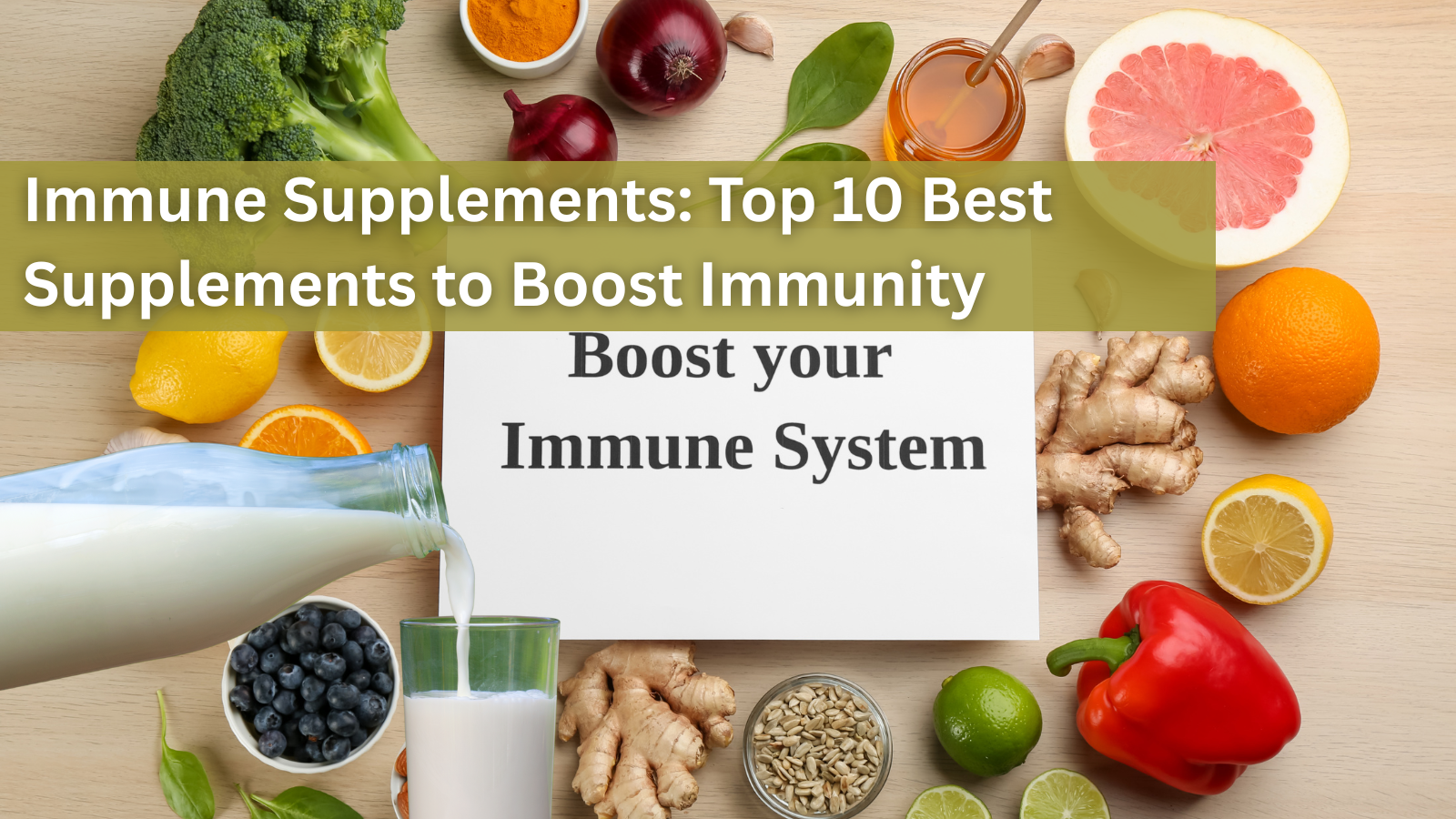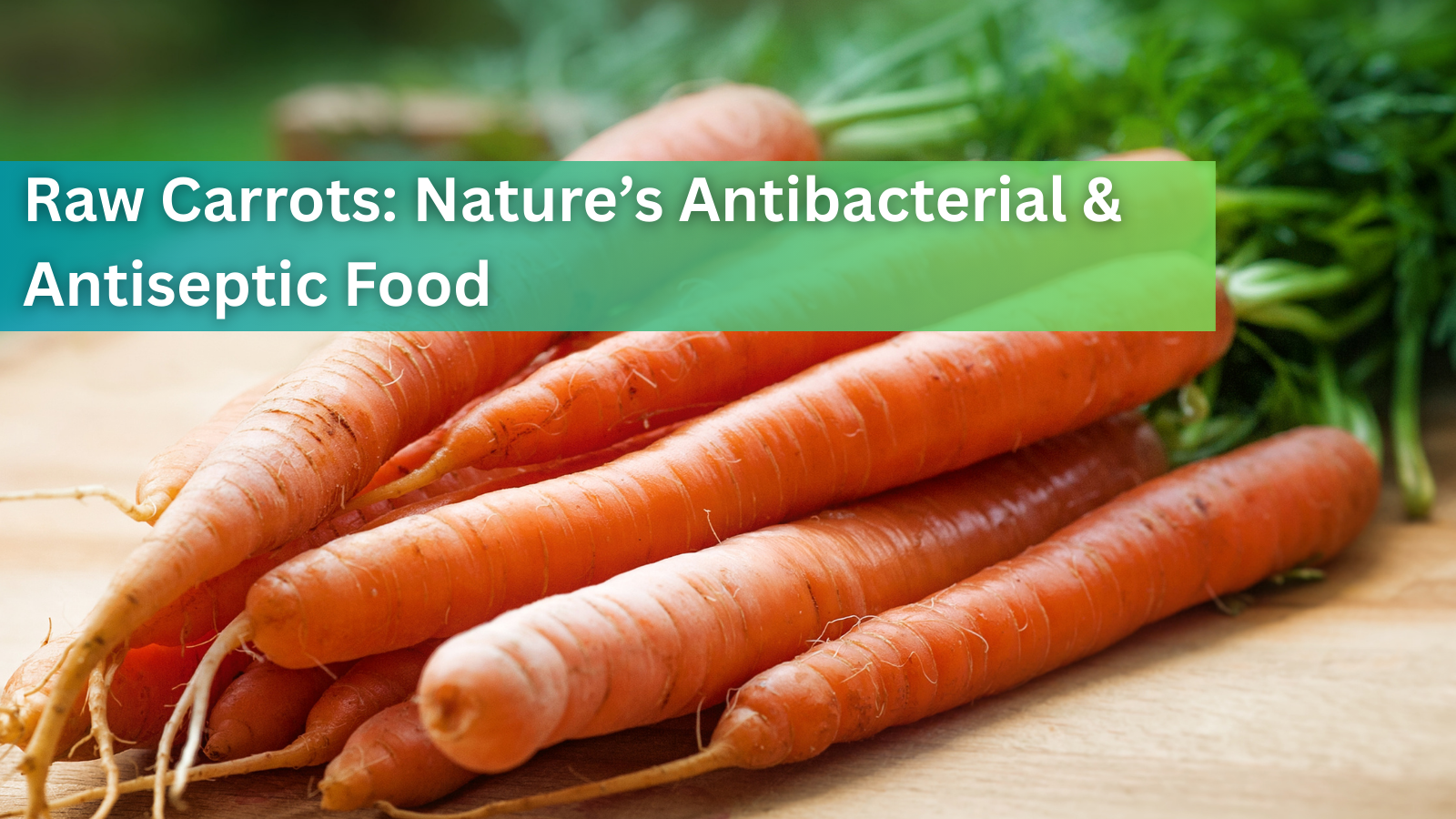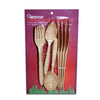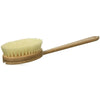10 Powerful DIY Natural Cleaners for Your Home

When it comes to keeping your home fresh, safe, and sparkling, you don’t always need harsh chemicals. Common household ingredients like hydrogen peroxide (H₂O₂), baking soda, vinegar, and turmeric are powerful DIY natural cleaners that can do wonders for cleaning, deodorizing, and sanitizing—without the chemical fumes. Here are 10 clever ways to put them to work.
1. DIY natural cleaners: DIY Laundry Soap Boost

Add ½ cup of baking soda and ½ cup of vinegar to your regular laundry load. Baking soda softens water and neutralizes odors, while vinegar breaks down detergent residue and helps whiten whites. For stubborn odors, pre-soak with 1 cup hydrogen peroxide in warm water for 30 minutes.
2. DIY natural cleaners: Natural Dishwashing Solution

For hand-washed dishes, sprinkle baking soda directly onto a damp sponge to scrub stuck-on food. Rinse with hot water and finish with a vinegar spray to cut grease and sanitize. Hydrogen peroxide can also be added to the rinse water to help disinfect.
3. DIY natural cleaners: Tub & Sink Deep Cleaning

Create a paste of baking soda and hydrogen peroxide for bathroom sinks, tubs, and shower walls. Let it sit for 10 minutes before scrubbing—this combo removes soap scum and whitens grout without bleach.
4. DIY natural cleaners: Sterilizing the Air
Fill a clean spray bottle with a 3% hydrogen peroxide solution and mist lightly into the air (away from fabrics) to help kill airborne bacteria and neutralize odors. You can also run a small diffuser with a vinegar-water mix to reduce mold spores.
5. DIY natural cleaners: Refreshing Walls
Walls accumulate more dust and bacteria than most people realize. Mix 1 cup vinegar with 1 gallon of warm water and wipe walls with a microfiber cloth. For marks or grease, add 1 tablespoon of baking soda to the mix.
6. DIY natural cleaners: Cleaning Blinds

Blinds accumulate dust and dirt and are annoying to clean, so seldom are. You can clean blinds with a cotton cloth dipped in a vinegar-water solution (1:1 ratio). For stubborn grime, follow up with a wipe-down using hydrogen peroxide to disinfect.
7. Ceiling Cleaning
Attach a cotton cloth to a mop handle and lightly mist with vinegar water to wipe away dust and cobwebs. This not only freshens the look but also reduces allergens in the room.
8. Changing Air Filters (Fridge & Car)

Fridge filters can trap moisture and become moldy, while car cabin filters can collect bacteria and dust. Change them regularly according to manufacturer instructions. Generally, fridge filters should be changed once per year, and car filters once per 3-6 months. Before replacing, spray the filter housing with 3% hydrogen peroxide to disinfect.
9. Kitchen Drain Deodorizer
Pour ½ cup baking soda down the drain, followed by ½ cup vinegar. Let it fizz for 10–15 minutes, then flush with hot water. This removes buildup and keeps drains smelling fresh!
10. Cutting Board Sanitizer

After washing with soap, spray cutting boards with hydrogen peroxide to kill bacteria. Follow with a vinegar rinse for extra cleaning power. This works on both wood and plastic boards—just dry completely afterward.
You can choose one of these methods, or alternate between them for extra protection:
A. White Vinegar Spray
- Fill a spray bottle with undiluted white vinegar.
- Spray the entire surface and edges of the board.
- Let sit for 5–10 minutes before rinsing with warm water and drying.
- Vinegar kills many bacteria and helps neutralize odors.
B. Hydrogen Peroxide (3%)
- Pour or spray 3% hydrogen peroxide onto the board.
- Spread evenly using a clean cloth or sponge.
- Let it bubble for 5 minutes to penetrate and sanitize.
- Rinse with warm water and dry thoroughly.
Tips:
- Use vinegar and hydrogen peroxide separately, not mixed in the same container, to avoid creating peracetic acid.
- Wipe the board dry immediately with a clean towel.
- Stand it upright or prop it against a wall to allow air drying on both sides.
- Once completely dry, rub in a thin coat of food-grade mineral oil or a beeswax-based board conditioner to prevent drying and cracking.
Pro Tips for Safe Natural Cleaning
- Always label your cleaning bottles so you know what’s inside.
- Never mix hydrogen peroxide with vinegar in the same container—it creates peracetic acid, which can be irritating to skin and lungs. Use them separately.
- Store hydrogen peroxide in a dark bottle to prevent it from breaking down.
Natural cleaners can be surprisingly powerful when used correctly. By adding these methods to your cleaning routine, you’ll not only save money but also reduce chemical exposure in your home—making it a healthier place for everyone.
1 comment

September 27, 2025
Immune Supplements: Top 10 Best Supplements to Boost Immunity
Are you looking for effective ways to enhance your body’s natural defense? Immune supplements have become popular choices to support the immune system booster function, especially in times of increased illness risk. With so many products...
Read more
September 27, 2025
Cell Phone and WiFi Safety: How to Prevent and Treat EMF Damage and Electrosensitivity
Electrohypersensitivity (EHS), often called electrosensitivity, has been a polarizing and increasingly relevant issue over the past decade and a half. Since the number of people identifying with these symptoms continues to grow exponent...
Read more
September 27, 2025
Raw Carrots: Nature’s Antibacterial & Antiseptic Food
For most of us, carrots are simply a crunchy snack or a source of vitamin A. But according to researcher Ray Peat, PhD, raw carrots offer something more unusual: they act as a kind of natural antiseptic inside the gut, helping to contro...
Read more




borax with charlies laundry powder has worked good for me
Leave a comment